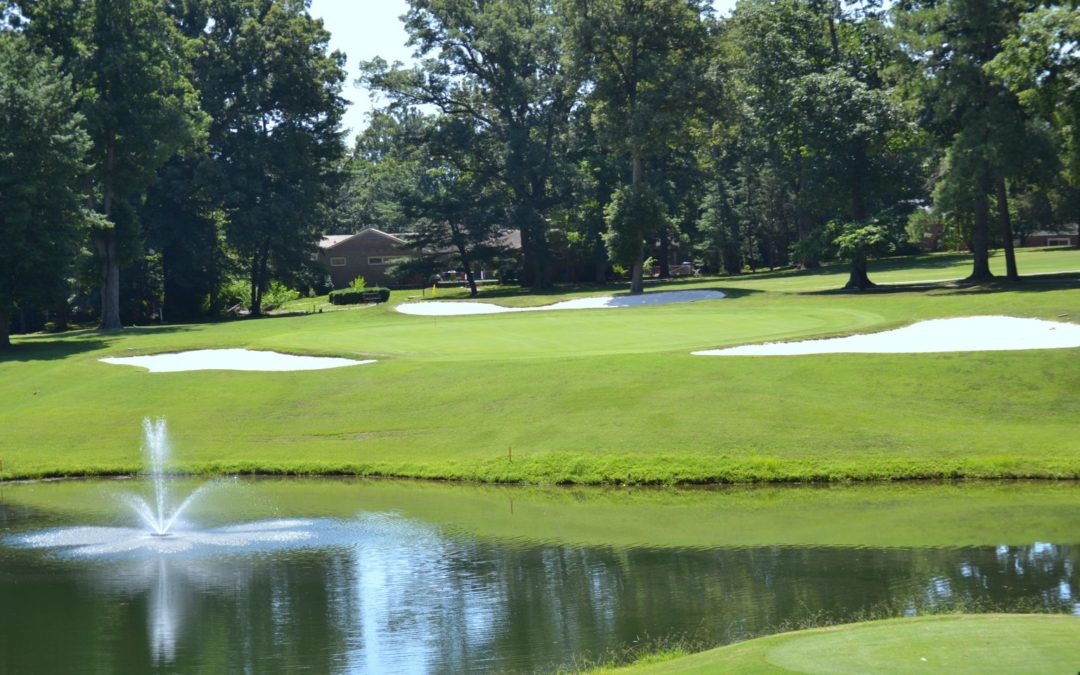Golf Course Architecture takes a deep dive into the unique style of “geometric design” that led to creation of some of the most iconic courses from architects such as Macdonald, Raynor and Park…and renovated today by ASGCA members, including John Colligan, Dana Fry, Steve Smyers and Andy Staples.
Adam Lawrence looks at Fry’s work at Arcadia Bluffs, Staples’ at Meadowbrook Country Club, and more, with a special “tip-of-the-cap” to ASGCA Past President Pete Dye.
“When you play it, your eyes find it visually appealing,” says Fry of his Raynor-inspired design at Arcadia Bluffs. “The multitude of shots you can hit into the greens because of the internal contours becomes the test for all golfers. Try to run it up, fly it to the pin or let it feed off a big internal slope in the green to get it close to the hole. Raynor had a way of taking natural ground contours and then building features that were not only visually beautiful but also fit the land exceptionally well.”
Texas-based architect John Colligan has built or renovated a number of courses using geometric features. He says: “Based on historical information and aerial photographs, these green shapes were the norm back in the day. In the case of the Mustang course in Amarillo, we were creating a links-like design at this 36-hole facility that would be a contrast to the more modern parkland-style existing 18-hole course. I think people enjoy these shapes, on our courses at least, because they are not as common in the south and south-west of the US as they are in the north-east, where many greens have not lost their original character through renovations. Old is the new New.”
“I find this form of architecture very appealing, but only in the right circumstances and settings,” says Steve Smyers, another designer who has used geometric design extensively. “The key is to get the features to fit and to conform with the space and highlight a uniqueness in the surrounding landscape and to develop strategy. I always felt that Macdonald, Raynor, and William Langford used the concept to highlight targets, landing areas and putting surfaces. Most of their projects were on beautiful rolling parcels of land, and the geometric shapes which they created contrasted with the rolling topography.
The complete GCA article can be found here.

